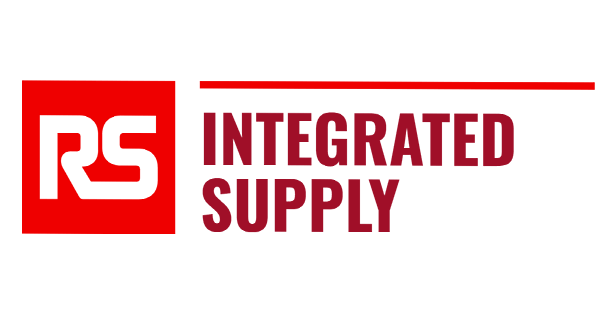Common MRO Supply Chain Challenges and How to Address Them

The MRO supply chain is complex, regardless of the industry. For every purchased spare part there are potential challenges around lead time, parts availability, pricing, invoicing, quantity, quality, and more. Staying ahead of those challenges is difficult enough. Solving them requires significant resources.
Some companies choose to ignore those challenges. Others are proactive and seek ways to mitigate the risk. Here are four oft-cited MRO challenges and potential solutions:
Inadequate Data
According to a recent survey by Gartner, participants reported that, on average, poor data quality is responsible for $15 million in annual losses. In separate research, IBM concluded that the US economy alone loses $3.1 trillion because of the impact of poor data and the resulting lower productivity and increased maintenance costs.
While there is no way to clearly measure data’s impact on MRO, experience shows us that data quality does indeed impede the MRO supply chain. Incorrect weights and measures and packaging sizes, redundant suppliers, simple typing errors, incorrect ship to addresses, all slow down the ordering process.
Automating that process using digital technology specifically designed for MRO and maintaining governance improves data accuracy, bringing inventory clarity and more efficient transactional processing.
Integrating your procurement process with digital technology smooths the purchasing process, eliminates errors, and streamlines workflows. It also opens the door to custom catalogs for your specific suppliers, further reducing time searching for a specific part.
Excessive/Insufficient Inventory
Inventory management issues like having too little or too much of a particular part manifest in diverse ways, including from the previously mentioned poor data. It is also the result of a lack of standardized processes, outdated or ineffective software, and poor staff training.
Discipline is the key to correcting the overstocking of parts. Identifying critical spares, eliminating obsolete parts, adjusting reordering frequency, consistent and accurate cycle counting, and updating your storeroom layout and design are all steps you can take to improve your inventory optimization.
And do not underestimate the impact of a strong, trusted supplier network. Your suppliers have the expertise and solutions that your team lacks. Those relationships will mitigate the supply chain risk while adding a layer of expertise that sets you up for more efficient maintenance. With optimized inventory, your maintenance technicians spend less time searching for parts and more time maintaining equipment.
Managing High Transaction Volume and Suppliers
Vendor consolidation is always among the goals when speaking to companies seeking remedies for their MRO challenges. Tired and overwhelmed from managing the hundreds of suppliers and sometimes thousands of purchase orders, invoices, reconciliation requirements and more, these companies are looking for ways to reduce the transactional burden.
The MRO supply chain is fraught with high volume transactions for low value parts. Our research has shown that 80% of a manufacturing company’s transactions equate to about 5% of overall plant spend. It means companies are spending more on transactions than the part is worth. One of the side effects of that lopsidedness is the lack of urgency in trying to correct it, which further exacerbates the issue.
Outsourcing the procurement and management of MRO materials relieves a company of that burden. Instead of dealing with dozens, sometimes hundreds, of suppliers and their transactions, you receive an automatically generated, single monthly invoice.
Increasing Supply Chain Complexity
This issue continues to be problematic for supply chain professionals. Natural disasters, conflict, and unforeseen events can wreak havoc on even the best of plans. Delivery delays, unavailable components, and lack of access to raw materials all lead to supply chain disruption.
To sustain production and even build reliability, companies need to consider such elements and plan for those disruptions.
Strong vendor relations play a key role in addressing these issues. Understanding the materials your strategic suppliers can provide and when is essential. Relying on a single-source provider is inviting trouble. Exploring additional sources for those same parts is necessary. Those secondary sources can include other suppliers and the original manufacturer. Another option is the commercialization of parts, specifically critical spares, using third-party partners to recreate the exact part at a lower cost. One other option that is gaining traction is the use of 3D printing in certain situations. In all cases, replacement parts must meet the stringent requirements specified and pass inspection from internal engineering and maintenance teams.
Building contingency sourcing plans lowers your risk for disruption and plant downtime.

